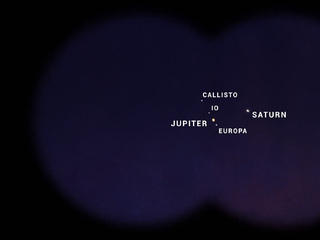
What's Up for December? A meteor shower, an extraordinary close meetup between Jupiter and Saturn, and the winter solstice.
December brings one of the most reliable annual meteor showers – and one of the best in 2020: the Geminids. This shower is active from December 4th through the 17th, as Earth plows through the trail of dusty debris left behind in the orbit of asteroid 3200 Phaethon – which might actually be a burnt-out comet.
The Geminids produce a good number of meteors most years, but they're made even better this year as the shower's peak coincides with a nearly new moon. (Thus making for darker skies, with no moonlight to interfere with the fainter meteors.) The Geminids peak overnight on December 13th into the morning of the 14th, with some meteor activity visible in the days before and after. Viewing is good all night for the Northern Hemisphere, with activity peaking around 2 a.m.
Other things to check out:
In the Far Future, Stellar Flybys Will Completely Dismantle the Solar System - Universe Today
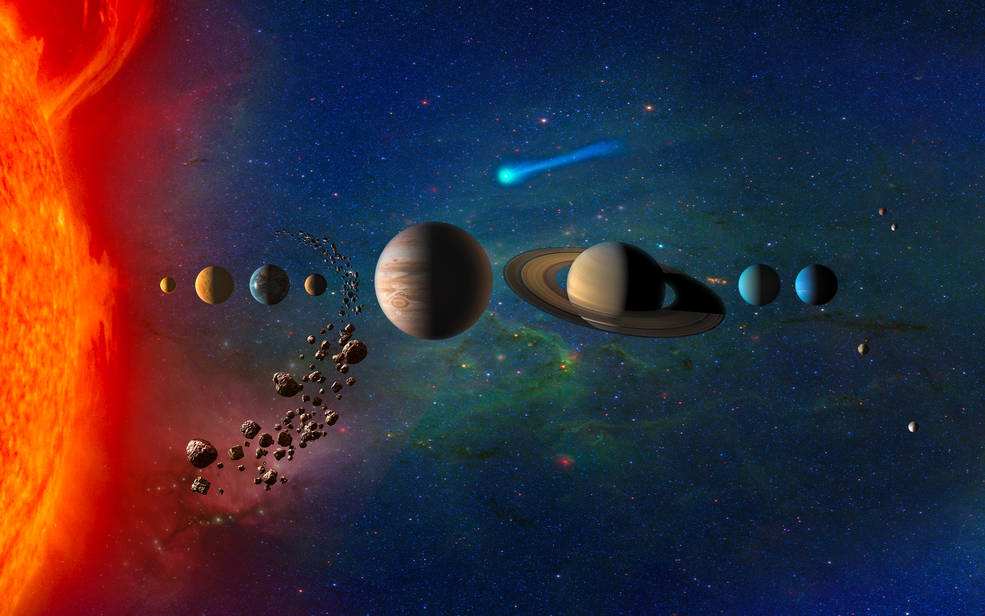
To the stream of excited follow-up questions that are bound to follow your explanation, you can further explain that the Sun itself and the Milky Way will be the culprit. And then you can mention a new study.
The study is titled “ The Great Inequality and the Dynamical Disintegration of the Outer Solar System .” The lead author is Jon Zink, a graduate student in UCLA’s Division of Astronomy and Astrophysics. The paper is published in The Astronomical Journal.
Earth Is Among the Lucky 1%: The Solar System Follows the Galactic Standard – But It Is a Rare
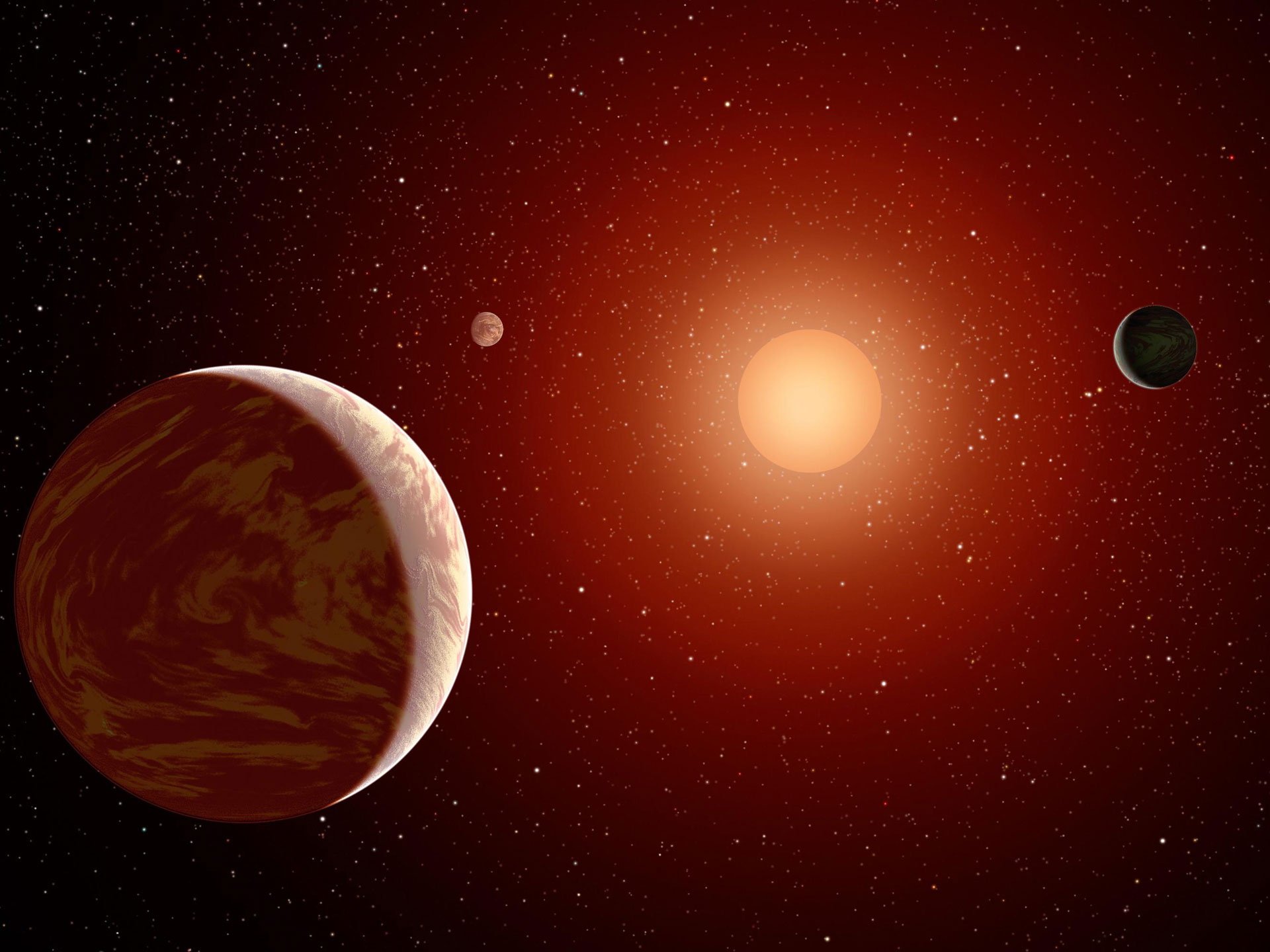
Illustration showing an artist’s interpretation of what the TRAPPIST-1 solar system could look like. The seven planets of TRAPPIST-1 are all Earth-sized and terrestrial, and could potentially harbor liquid water, depending on their compositions. Credit: NASA/JPL-Caltech
The researchers have found a very clear correlation between the number of planets and how circular the orbits are. “Actually, this is not really a surprise”, professor Uffe Gråe Jørgensen explains. “But our solar system is unique in the sense that no other solar systems with as many planets as ours are known. So perhaps it could be expected that our solar system doesn’t fit into the correlation. But it does! As a matter of fact it is right on!”
Chaotic Early Solar System Collisions Resembled 'Asteroids' Arcade Game - UT News
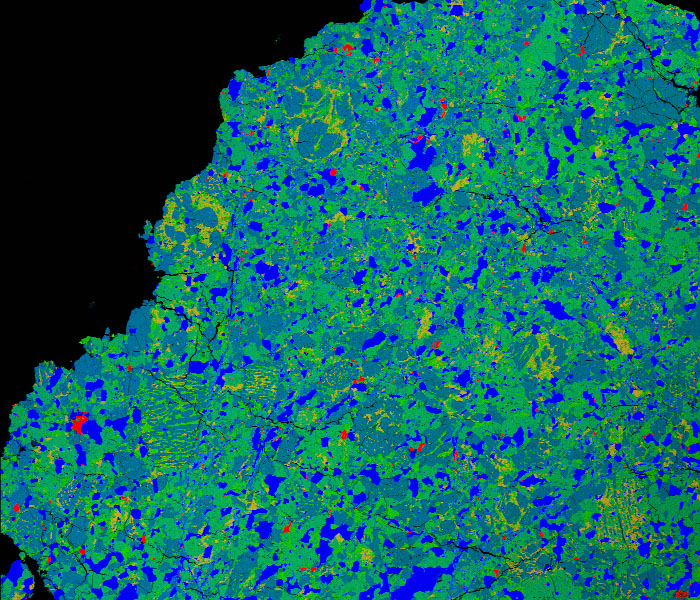
AUSTIN, Texas — One Friday evening in 1992, a meteorite ended a more than 150 million-mile journey by smashing into the trunk of a red Chevrolet Malibu in Peekskill, New York. The car's owner reported that the 30-pound remnant of the earliest days of our solar system was still warm and smelled of sulfur.
Nearly 30 years later, a new analysis of that same Peekskill meteorite and 17 others by researchers at The University of Texas at Austin and the University of Tennessee, Knoxville, has led to a new hypothesis about how asteroids formed during the early years of the solar system.
Other things to check out:
Solar System Under Gradual Destruction; Deadline to Expire is Known - Study | The Rio Times

RIO DE JANEIRO, BRAZIL - A recent study has set a deadline for the solar system to vanish. But relax. Neither I, nor you, nor even our great-great-grandchildren will come anywhere near to experiencing this phenomenon. The extinction of planets orbiting around the Sun is projected to occur in one trillion years.
The article, written by scientists Jon K. Zink, Konstantin Batygin, and Fred C. Adams, from the Astronomy and Physics departments of universities in California and Michigan, in the United States, points out that the destruction of the solar system will be carried out precisely and ironically by . . .
NASA: Solar System, Earth May Be Surrounded by Mysterious Hairy Dark Matter
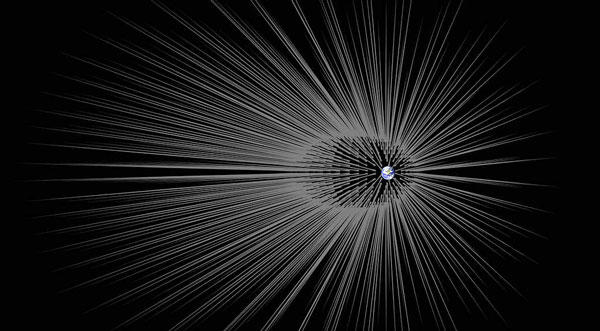
The above illustration shows Earth surrounded by theoretical filaments of dark matter called “hairs.”
Dark matter is an invisible, mysterious substance that makes up about 27 percent of all matter and energy in the universe. The regular matter, which makes up everything we can see around us, is only 5 percent of the universe.
The rest is dark energy, a strange phenomenon associated with the acceleration of our expanding universe.
Researchers discovered a galaxy that could shed light on our solar system - SlashGear

Solar system may come to an end ahead of schedule - Somag News

The Solar System may come to an end sooner than previously thought. This is suggested by a new study by researchers at the University of California and the University of Michigan, in the United States, published in The Astronomical Journal in October.
Using new computer simulations, the team of scientists made calculations to try to solve a mystery that has intrigued physicists and astronomers for hundreds of years: when will the end of the Solar System occur? One of the most complete studies on the subject, released in 1999, estimated extinction in 1 quintillion years.
Happening on Twitter
The Exp 64 crew is prepping for U.S. cargo missions coming and going in December while also keeping up the pace of… https://t.co/83NuLfZgjL Space_Station (from Low Earth Orbit) Tue Dec 01 19:11:29 +0000 2020
It's the most wonderful time of the year! 🎄 FIll your 🧦 stocking with December's free content and unwrap spruced u… https://t.co/lq7kTP83E9 UnrealEngine (from Cary, NC) Tue Dec 01 15:12:56 +0000 2020
❄️ Hello December ❄️ We've made it to the last month of 2020. Let's end this year by stepping up and doing what w… https://t.co/stgCO6ObtG ncdhhs (from Raleigh, NC) Tue Dec 01 15:30:27 +0000 2020
No comments:
Post a Comment